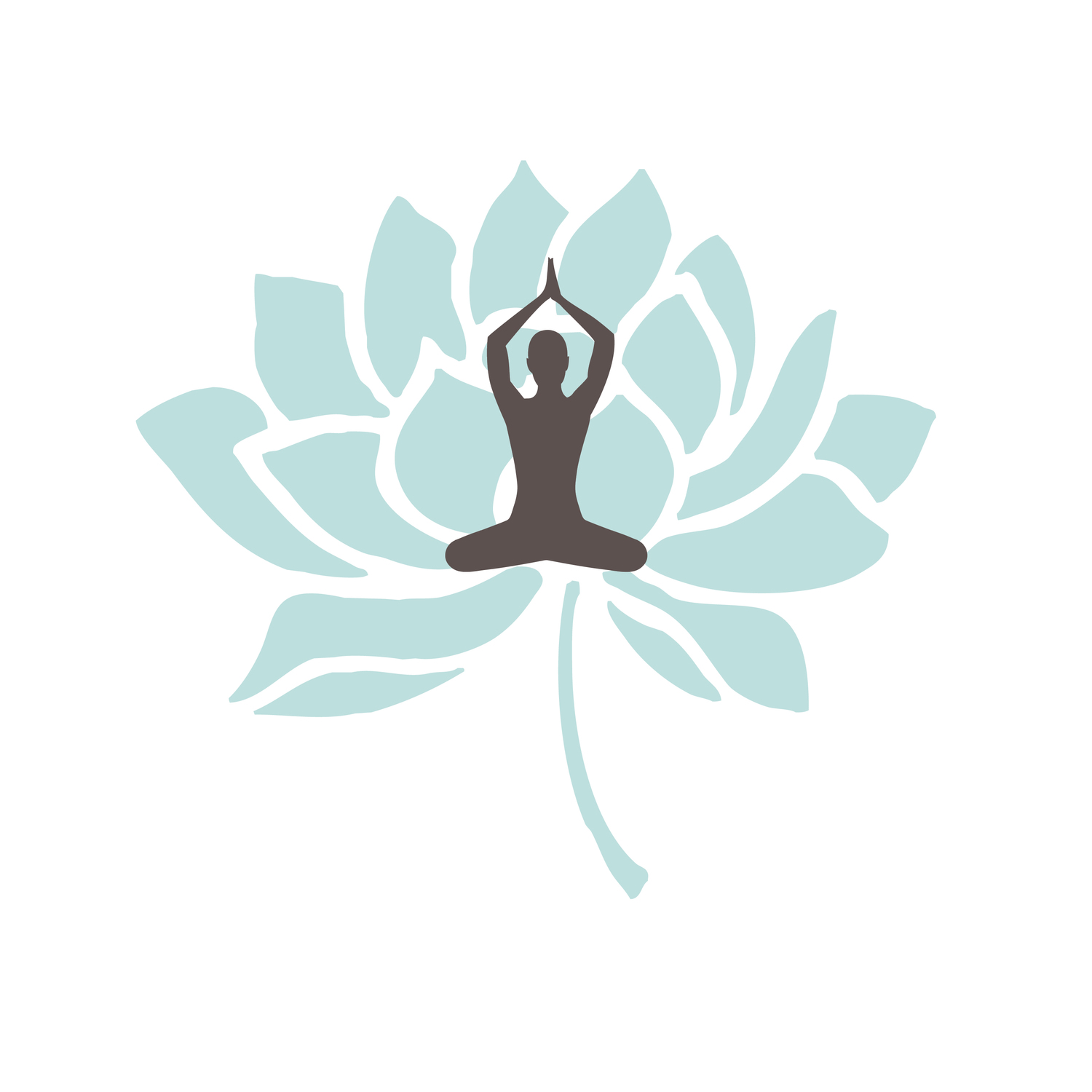Yoga can help you improve your concentration.
Focus is called out as one of the Eight Limbs of Yoga — the Sanskrit term is dharana, and it is the Sixth Limb. Practicing other precepts in the Eight Limbs of Yoga can give you a big assist when your mind needs to steer straight in order to arrive at “Destination Accomplished.”
Here are five yoga practices for improving concentration.
- Non-stealing (asteya in Sanskrit, comes from the First Limb of Yoga, one of five moral principles that make up the yamas. While it might bring to mind pilfering “stuff,” think about how much time you rob from yourself and others by procrastination. Becoming mindful about the value of time and vowing to use it wisely will help spur you to focus on doing the things that make a difference.
- Tapas, the Sanskrit word for discipline or zeal, is among five precepts that comprise the Second Limb, called niyamas. A great place to start with work “discipline” is by being realistic about what you can accomplish in a day. Review your long to-do list, then identify and commit to just three things to accomplish. Let go of the guilt about what you didn’t get done and celebrate what you did. Tapas also speaks to motivation. The good news? You’re in charge of that.
- Breathe. The power of conscious breathing is covered in the Fourth Limb (pranayama.) Investing just a few moments in yogic breathing techniques can alter your mood, increase energy, mitigate mental distress, and enhance focus. When you feel your mind wandering away, invite it back a deep, mindful inhale and exhale. Pretty soon, the deep breath will become a habit that helps your mind stay focused even when you’re not consciously breathing.
- Withdrawing the senses, or pratyahara, is Limb Five. Sights, sounds, and smells are continually bombarding your senses, which distract your mind and chip away at focus. The “infobesity” you experience is like constantly feeding empty calories to the mind — it’s easy to become addicted to constant sensation and stimulation. Reining in your senses can be a challenge, but with practice and patience a calm, clear mental state is your reward. Take a real break when you begin to feel overwhelmed. Find a calm, quiet spot, or a beautiful place out in nature. Just "be" for a few minutes. Tune in to the sounds, feel the sensations, and then let them go. Even a few minutes a day provides a great mental detox. Consider a longer disconnect with the occasional “technology fast.”
- Focus, as mentioned earlier, is covered by the Sixth Limb of dharana. One of the biggest culprits of floundering focus is the false belief that we are capable of multi-tasking. In truth, research has shown our brains truly can’t do it. Multi-tasking is ultimately counterproductive. Decide what will get your full attention for a pre-determined length of time, then quickly make a list of other things that might be a distraction. Make a mental note of when you will make time for those things, then set a timer and focus on your task.






